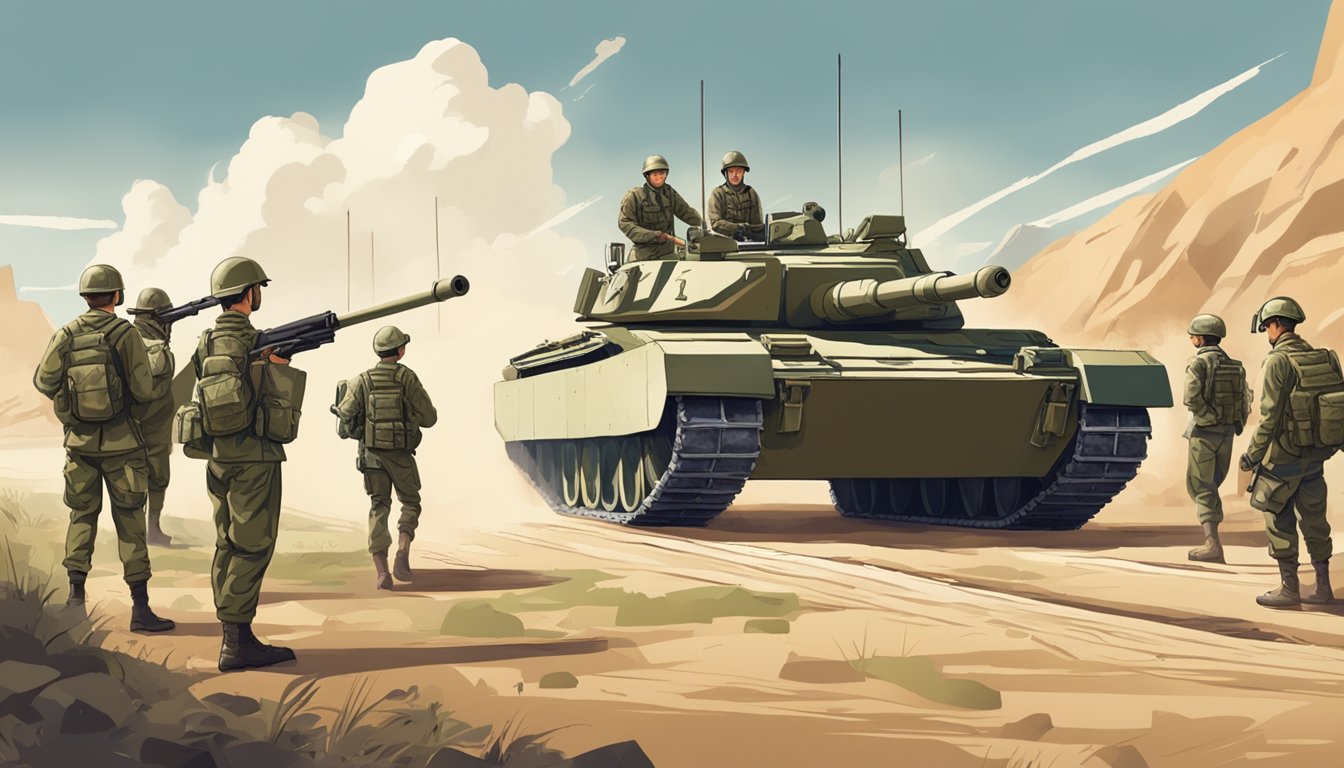For those enlisting in the Army with aspirations to work in the armor division—whether as Abrams tank operators, cavalry scouts, or Bradley crewmembers—there has been a notable change.
Traditionally, recruits embarked on their military journey with a specific job in mind.
However, recent revisions to recruitment guidelines now mean that new recruits will not find out their exact assignments until after they start basic training.
New Recruitment Guidelines
Army officials have clarified that although recruits will enter training with the understanding that they are targeting roles in the armor arena, their precise positions won’t be sorted out until the early weeks of boot camp.
This decision is designed to improve the Army’s flexibility in matching manpower needs with individual skills and preferences.
While this approach might seem new to some, it’s not without precedent.
Previously, recruits in infantry and air defense artillery often began training without a defined military occupational specialty (MOS), receiving their specific roles later on.
Recruitment Initiatives
The Army has recently rolled out numerous recruitment initiatives to enhance the enlistment process.
These include diverse incentives, adjustments to recruiting companies, and improved career progression paths.
Implemented at the end of December, these changes specifically influence how recruits for armor roles will launch their military careers.
One Army spokesperson stated that these modifications aim to strengthen troop numbers while ensuring that suitable candidates are paired with the right specialties at the most opportune moments.
To help ease any worries that new recruits may have, the Army is offering bonuses and the opportunity to select their desired station, akin to benefits previously available to recruits in fields such as field artillery and air and missile defense.
Impact on Current Soldiers
A significant effect of this new structure will specifically target those entering the Army’s newly established MOS 19C, which pertains to crew members of Bradley Fighting Vehicles (BFVs).
This MOS aims to carve out a more distinct career path for soldiers handling BFVs—a position that has, until now, typically been occupied by infantry troops.
Such adjustments are part of a larger Army strategy geared toward preparing for extensive combat scenarios and improving vehicle operations while elevating safety standards.
Previously noted concerns about insufficient training and expertise with BFVs have raised alarms, particularly after several safety incidents resulted in equipment damage and risked personnel safety.
Current armor soldiers, especially cavalry scouts, are also feeling the impact of the recruitment uncertainty.
The Army has been undergoing a reorganization, which has led to the disbanding of numerous cavalry squadrons associated with U.S.-based Stryker and infantry brigades.
As the Army pivots toward preparing for large-scale warfare, it is moving away from traditional human-based reconnaissance methods.
This shift responds to the changing landscape of modern battlefields, where technology allows for the detection of threats from much greater distances, reducing reliance on personnel alone for engagement.
In March 2024, the Army began encouraging select MOSs, including cavalry scouts, to voluntarily transition into roles that are less crowded, such as in artillery or armor.
Corporals and specialists who chose this path were eligible for retention bonuses.
Those who decided to reenlist without switching roles still faced the possibility of being reclassified based on the Army’s operational demands.
Source: Taskandpurpose.com

